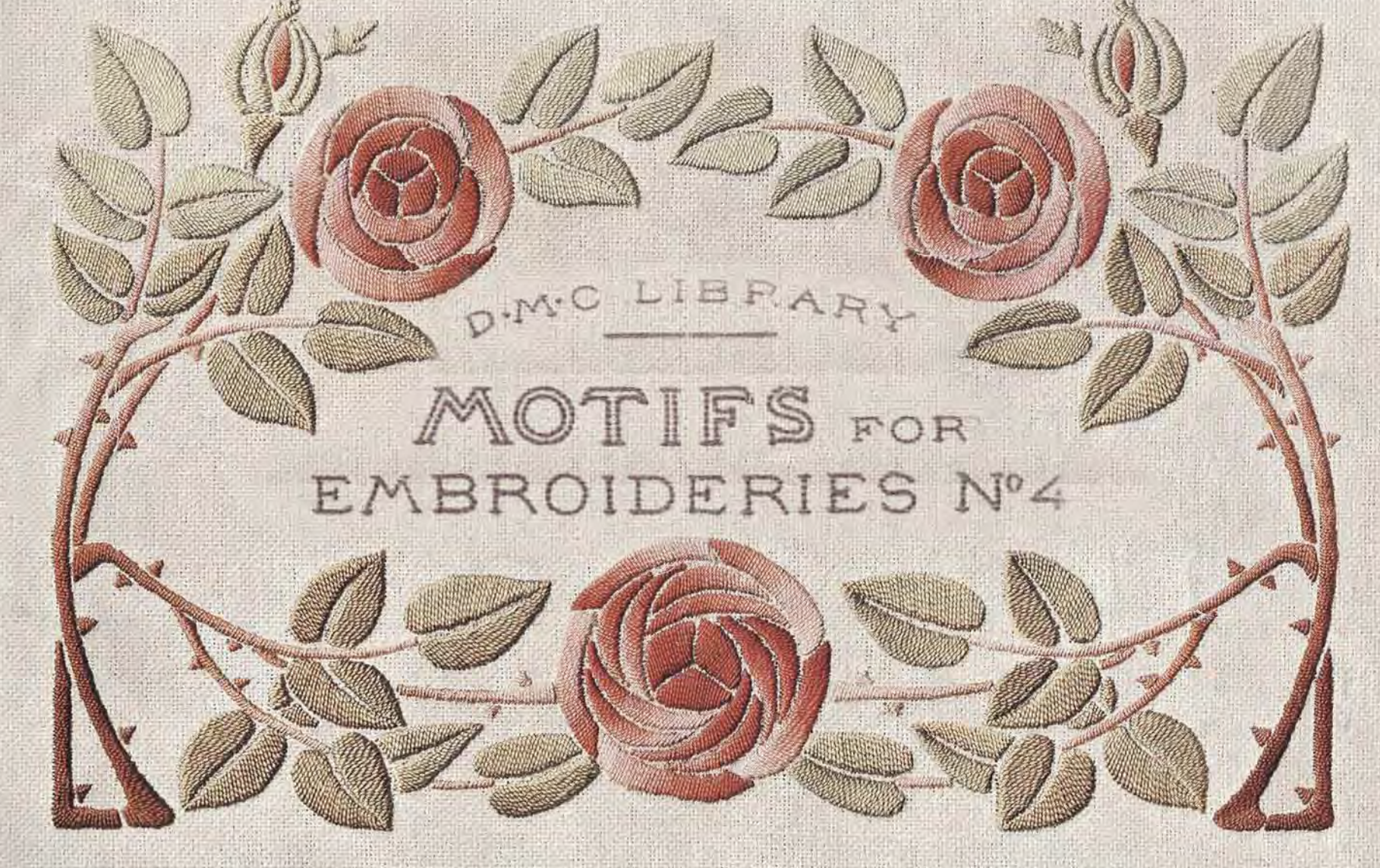Court suit – putting it all together
Sorry, this is a long post without any pretty pictures. I was hurrying along to finish the coat, and didn’t have much time to take pictures of the progress.
I finally had the nerve to pull out all the pieces of the court suit coat and figure out where I had gone wrong. When I left it in February, it was with the sickening realization that somewhere along the line, I had eliminated most of the neckline curve, making it impossible to draft a collar.
This wouldn’t have been so bad, but I had transferred the pattern to the fabric, since we were barely squeezing the coat out of the available yardage, and needed to know exactly where to place the embroidery. I could tape on more paper, but I couldn’t piece in more fabric in such an obvious location.
Luckily, when I looked at it I determined it wasn’t as bad as I thought. If I moved the neckline out slightly, I could redraw the curve and meet up with the existing front edge. This made the neckline and collar much wider and chunkier than the waistcoat, but that seemed fine to me. Looking at period garments, it seemed several coats had similar necklines, in order to show off and complement the waistcoat.
So, onward. More spangles. Hundreds and hundreds of spangles, reaching into the thousands. I’d ordered two 10-gram packages (about 450 spangles each) back in January, and had to order 4 more. I have some left, but I also have several empty boxes. I also still need to spangle the embroidery at the back vent and make two more buttons. That’s a lot of spangles.
Luckily, my friend Chris, who is wearing the suit, was on board to help sew, embroider, spangle, lose sleep, curse, watch movies, and make tea.
Once we had spangled everything that was currently cut and embroidered, I moved on to the collar. It was drafted, the embroidery was designed, and then stitched out and spangles added. Unfortunately, this process turned up another problem: somewhere along the line, the pieces of the coat had shifted, and the shoulders weren’t lining up quite right. This made one side of the neckline longer than the other. A little more hair-pulling, some tweaking of seams, and I was able to get something that fit together without too much weirdness.
The second pocket surround also needed to be embroidered, and somehow, the design did not get mirrored when it was stitched out. It meant the pocket was at the completely wrong angle on the coat. Again, after much frustration and a few tears, we figured out the only solution. Picking out the entire design wasn’t happening. Besides being enormously time consuming, the taffeta was just too damaged from the embroidery. We removed the line of chainstitching that outlines the pocket, and one rose near the front. We flipped the design, added the chainstitching back in, as close to the proper position as we could. The old line shows in places, but much of it is hidden under flaps, buttons, and pleats. To finish, we nudged the rose into a slightly different position, hiding most of the old stitching holes. Not perfect, but not glaringly obvious, either.
Somewhere in the middle of all this – about 3 days before the coat needed to be worn – I decided to sew the major pieces together by hand. Yes, it was crazy, but I had my reasons. First, I didn’t want the coat lining coming all the way to the edges of the coat. If I’d sewn them together by machine, that is the only way I could do it. By hand, I could do a more traditional stitch, allowing me to fold in the lining just a touch further and then leaving a little running stitch showing on the outside. As well, a sewing machine stitch is much more permanent and leaves much worse marks on the taffeta, and I wasn’t sure if I would need to adjust the seams later, when time wasn’t an issue.
The hand sewing wasn’t as bad as I thought it would be, or as time consuming. In some places it was much easier than using the machine, because you can never catch a fold or tuck in a seam as you’re stitching, something that happens all to often when pushing fabric under a machine.
When it came to the sleeves, it turned out there was another issue with fit and pattern. Of course, the sleeves had already been cut out, since we were short on fabric. I clearly remember patterning them, mocking them up, and being very happy with the fit. At the end, however, the sleeves were much too large for the armhole, and also too long/too short in places along the armscye. The sleeves were the last thing to go in, everything else was spangled and assembled, it was late, and the coat needed to be worn in a few hours. I did the best I could to make them look decent, and will go back and deal with them later.
There really was not enough time in February, and even with another full week of late nights and early mornings, not enough time to properly finish this coat. It looks decent, but I see all the issues. It is definitely a prototype, and I learned a huge amount. There will be another one in the future – but not too soon.
Things I learned during this coat:
- You need lots more spangles than you think.
- Bigger spangles have more size/shape variation, and it’s hard to sew them in a line that doesn’t look wobbly.
- Never embroider on taffeta. Silk satin is a dream, however.
- Machine embroidery pulls things out of shape, making matching up with a pattern later somewhat tricky. A thin fabric like taffeta had much more pulling than the satin we used on the waistcoat.
- Hand sewing is much easier than you think.
- Work on the coat first! If I’d realized how tight it would be to cut out all the pieces, I would have made the breeches in satin, and only used the blue taffeta for the coat. Instead, I went for the easy project first, and regretted it.
- The next time I tackle a coat, I will make a meticulous mock up, including finishes and lining, before progressing any further. I think it would have helped eliminate issues with both of the coats I’ve recently made.


